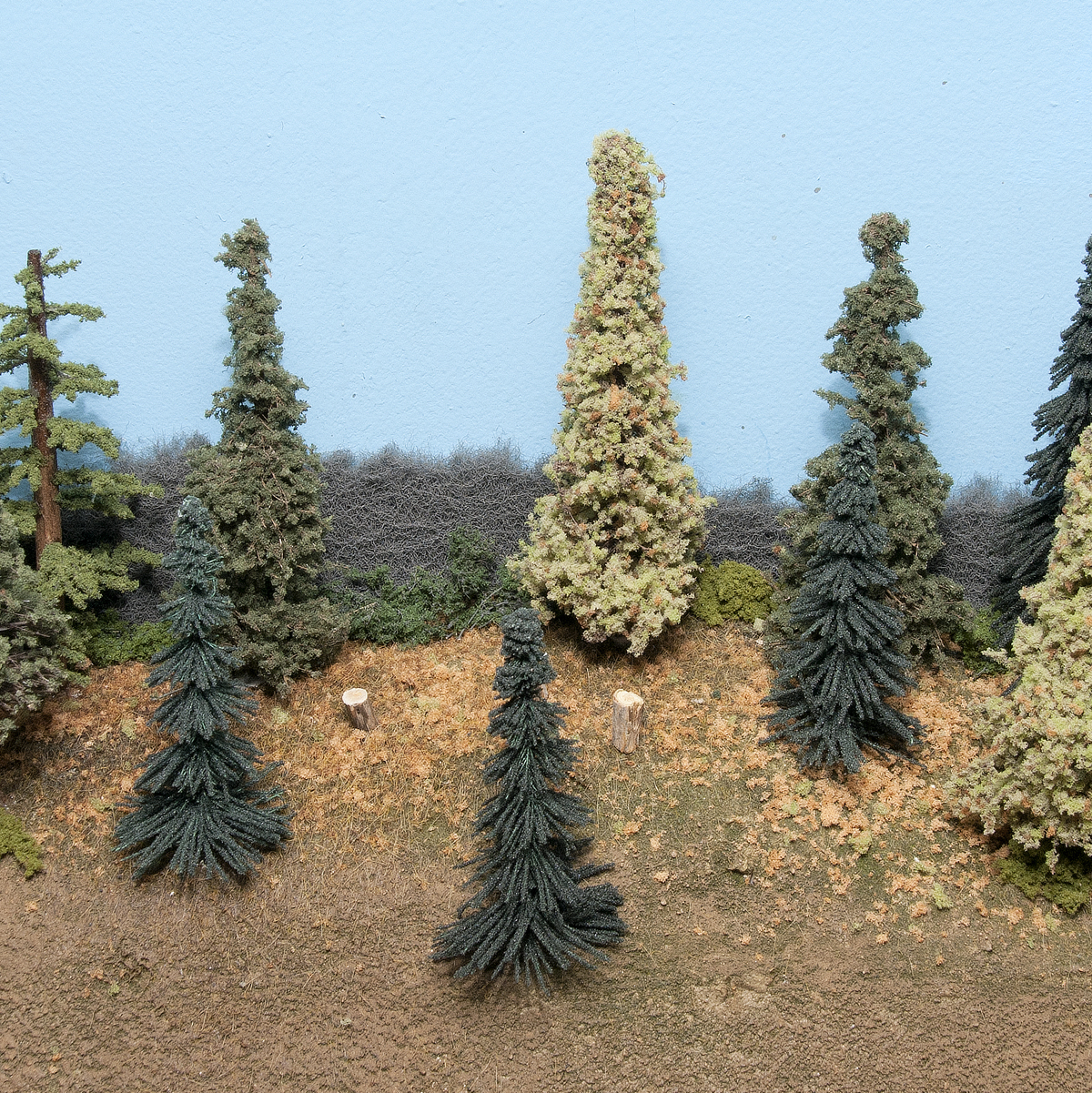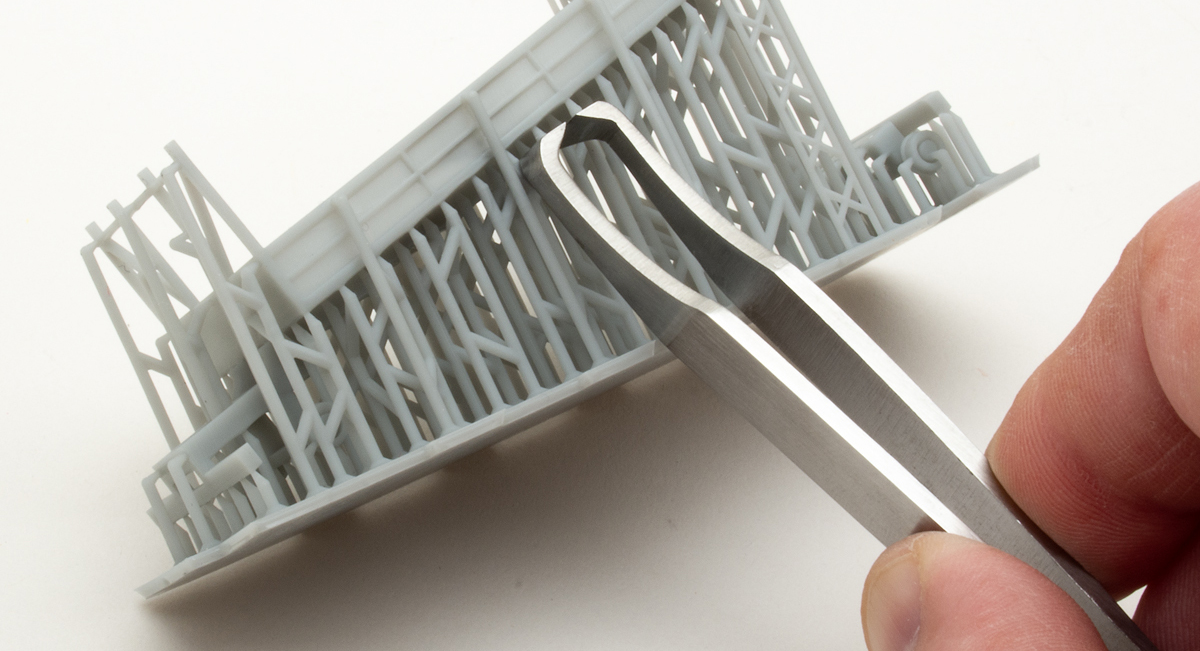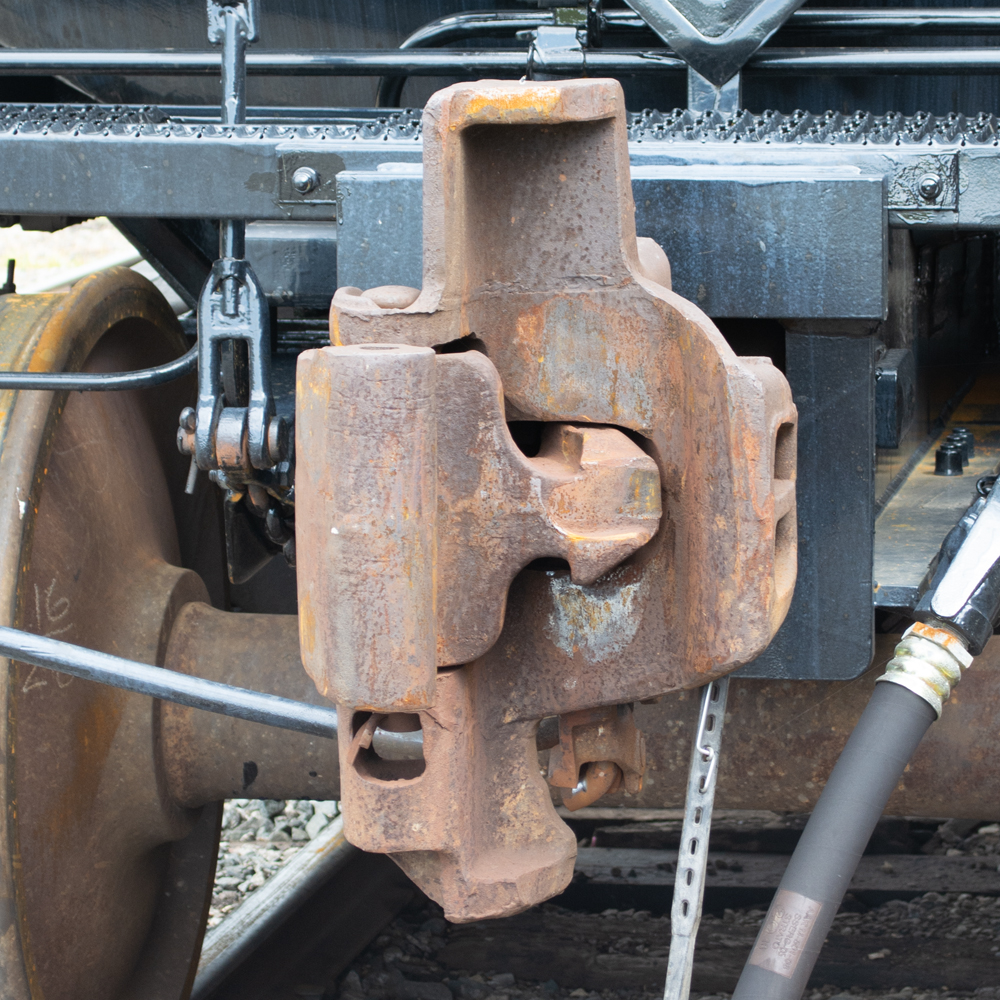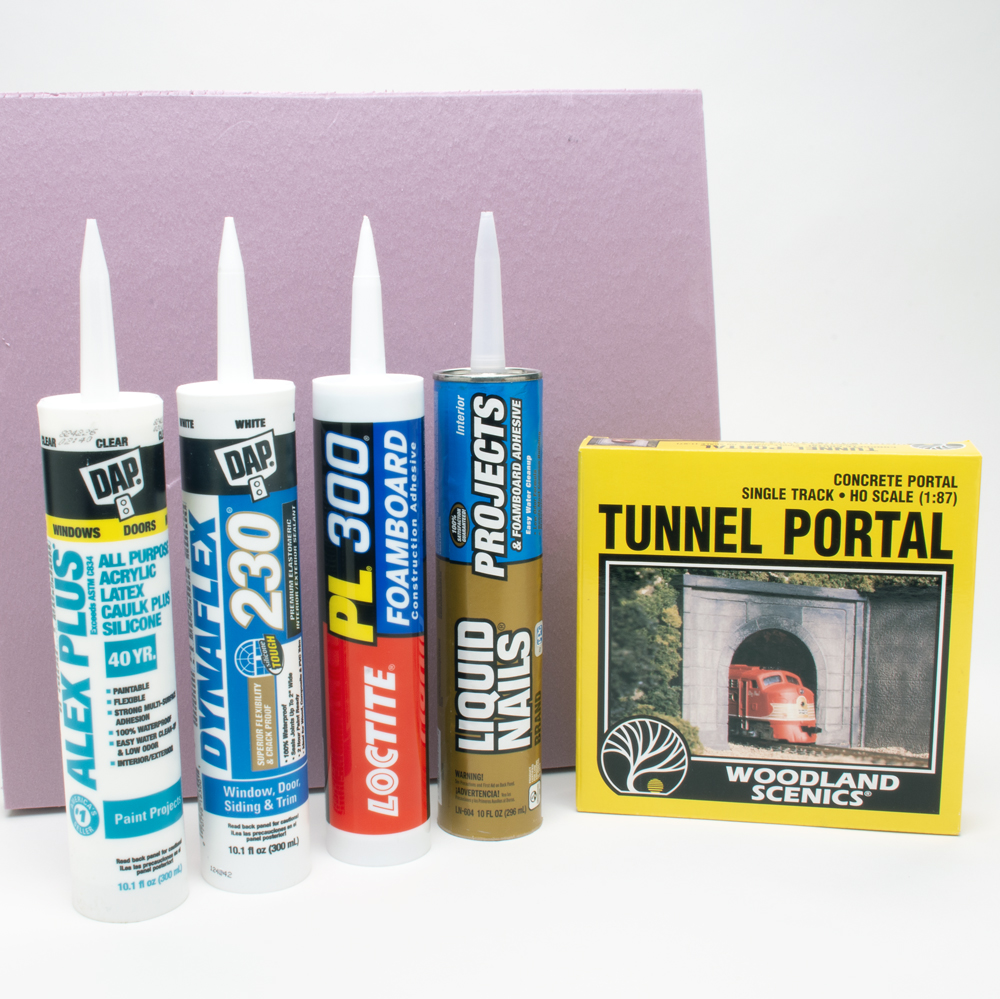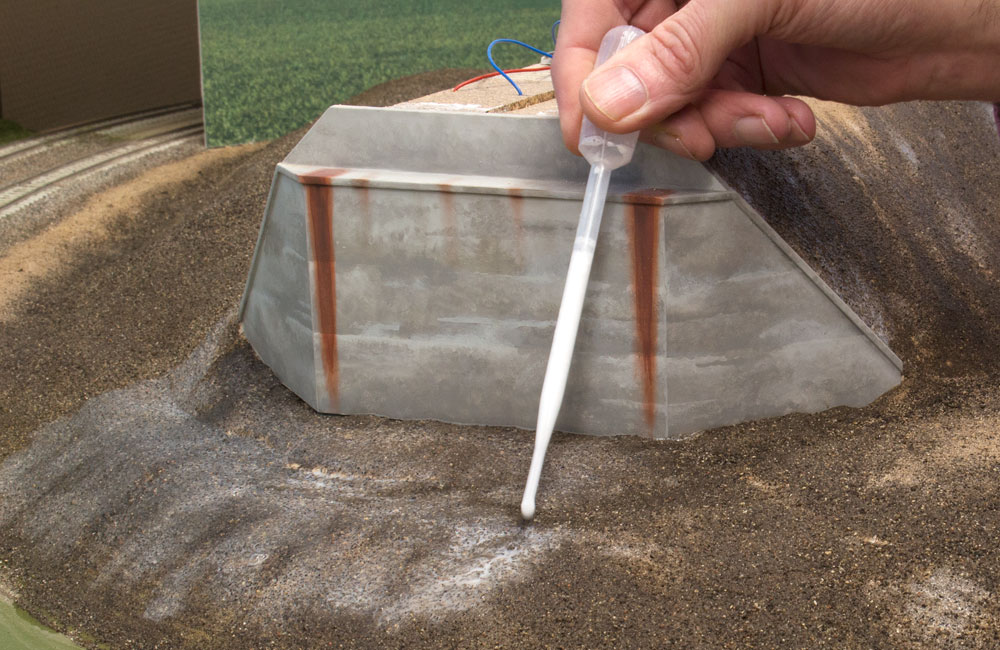
Q: After building a train table with a plywood top, I plan to put down pink extruded-foam insulation board sheets to help keep down the noise. What would you suggest as an affordable option to put over the foam board for appearance purposes? Secondly, if I want to screw or nail anything to the layout, would I need a fastener of a length that would go through everything and get into the plywood? I have O gauge trains. – Angelo A. Spiezia
A: If you don’t mind the tabletop-flat look, and many O gaugers don’t, it’s simple to make that surface look a lot more realistic. Paint it with an earth-colored interior latex flat house paint. While the paint is wet, sift a thin coat of fine real dirt on top so it sticks. (You can buy powdered earth products from scenery vendors like Scenic Express, or use your oven to dry dirt from your yard and sift out any rocks and impurities.) Work in small patches so you can get the dirt sifted on before the paint starts to dry. Latex paint dries quickly!
Once the paint dries, wet the surface with a mist of wet water (water with something to cut the surface tension, such as three or four drops of dish detergent or about a tablespoon of isopropyl alcohol in a typical spray mister). Sift on more dirt to cover any bare spots or visible brush strokes, then shake on fine ground foam turf in a natural-looking assortment of random greens. Leave dirt roads, farm fields, and similar areas bare of foam. Spray the foam with another mist of wet water. Then, using a pipette held close to the surface to avoid cratering (as shown in the photo above), carefully flow commercial scenic cement, diluted matte medium (1 part matte medium to 4 parts water), or diluted white glue into the scenery and let dry.
For an even more realistic treatment, before applying paint, dirt, and scenery materials, give your foam tabletop an irregular, naturally varied texture by applying Sculptamold, a papier-mache-like plaster product. Smooth the Sculptamold into low mounds to make natural-looking rises and undulations in your terrain. Leave flat areas where you intend to put roads, structures, or track.
As for attaching things to the layout, you don’t need to go all the way through the foam to the benchwork. Use a foam-safe construction adhesive caulk like Liquid Nails for Projects or Loctite PL300 to glue your foam to your table, your roadbed to the foam, and your track to the roadbed. Stuff like trees, bushes, and structure foundations can be glued down with white glue.
For more insight into how to make a foam tabletop more realistic, read Lance Mindheim’s article, “Bench tops made easy with foam,” in our July 2012 issue.
Send us your questions
Do you have a question about modeling, operations, or prototype railroading? Send it to us at AskTrains@Trains.com. Put “Ask MR” in the subject and be sure to include your full name and hometown.






